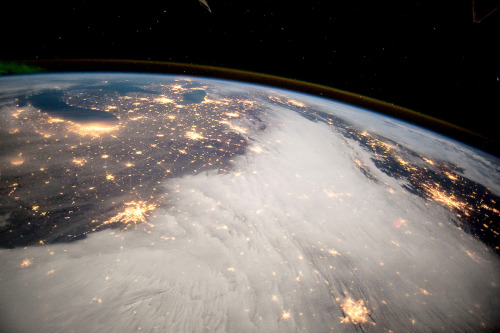COMPUTER SCIENCE
COMPUTER SCIENCE
The computer has been very useful to us since the very beggining of its time. It helps make work faster and easier. It is a programable machine which receives and stores data to make an output.

The First Programmable Computer
Originally named the Z1 began development in 1936 by Germany’s Konrad Zuse in his parents living room and today is considered the first electrical binary programmable computer. The Z1 had 64-word memory (each word contained 22 bits) and a clock speed of 1Hz. To program the the Z1 required that the user insert punch tape into a punch tape reader and all output was also generated through punch tape.
The First Portable Computer (laptop)
The first truly portable computer or laptop is considered to be the Osborne I, which was released on April 1981. The Osborne I was developed by Adam Osborne and weighed 24 pounds, had a 5-inch display, 64 KB of memory, two 5 1/4” floppy drives, and a modem.
More Posts from Tres-4b-blog and Others
NASA's $850-million mission to Mars is about to launch — here are 12 incredible facts you probably didn't know about the red planet

Martian volcano Olympus Mons is more than twice as high as Hawaii’s Mauna Loa, the tallest mountain on Earth from top to bottom.

Compared to the Grand Canyon on Earth, Valles Marineris on Mars is nearly five times deeper, about four times longer, and 20 times wider.

The red planet doesn’t have plate tectonics, which is what causes most quakes on Earth. But rising plumes of magma could trigger Mars quakes, as could meteorite impacts and the contraction of the world due to cooling. InSight will listen for them with its seismometer.

Martian oceans also had tsunamis like those on Earth. The tallest may have reached as high as 400 feet, just slightly shorter than the London Eye.

Like Earth, Mars has ice caps at its poles. The northern cap is up to 2 miles deep, is a mix of water and carbon dioxide, and covers an area slightly larger than Texas.

The average surface temperature on Mars is -81˚F, 138 degrees chillier than on Earth. But on a mid-summer day at the red planet’s equator, temperatures can peak at a balmy 95˚F.

Billions of years ago, Mars had oceans and flowing water. But adding them up would give you just 1.5% of all water on Earth today.

Mars has almost as much surface as Earth has land — but that doesn’t account for the 71% of Earth that’s covered in water.

The Martian atmosphere is 61 times thinner than Earth’s, and it consists almost entirely of carbon dioxide, which makes up just 0.04% of Earth’s atmosphere.

On Earth, sunsets are a brilliant mix of reds, pinks, oranges, yellows, and other colors. But on Mars they’re blue. Because air is dozens of times less dense on the surface of Mars than it is on our planet, white sunlight refracts less — leading to fewer colors (primarily blues).

Missions to Mars have become much rarer — after 23 launches in the 1960s and 1970s, we’ve launched just 10 in the new millennium (so far).

Getting to Mars is hard: About a third of the missions launched have failed.

Like a paintbrush caressing the rings of Saturn, wee moon Daphnis has just enough gravity to make a ripple. (at NASA’s Cassini Mission to Saturn)
-
 tres-4b-blog reblogged this · 6 years ago
tres-4b-blog reblogged this · 6 years ago -
 80smotley reblogged this · 6 years ago
80smotley reblogged this · 6 years ago -
 clirimi liked this · 8 years ago
clirimi liked this · 8 years ago -
 langitsolutions-blog liked this · 9 years ago
langitsolutions-blog liked this · 9 years ago -
 ndowora liked this · 10 years ago
ndowora liked this · 10 years ago -
 kipkipituniverse reblogged this · 11 years ago
kipkipituniverse reblogged this · 11 years ago -
 computersciences-blog reblogged this · 14 years ago
computersciences-blog reblogged this · 14 years ago










